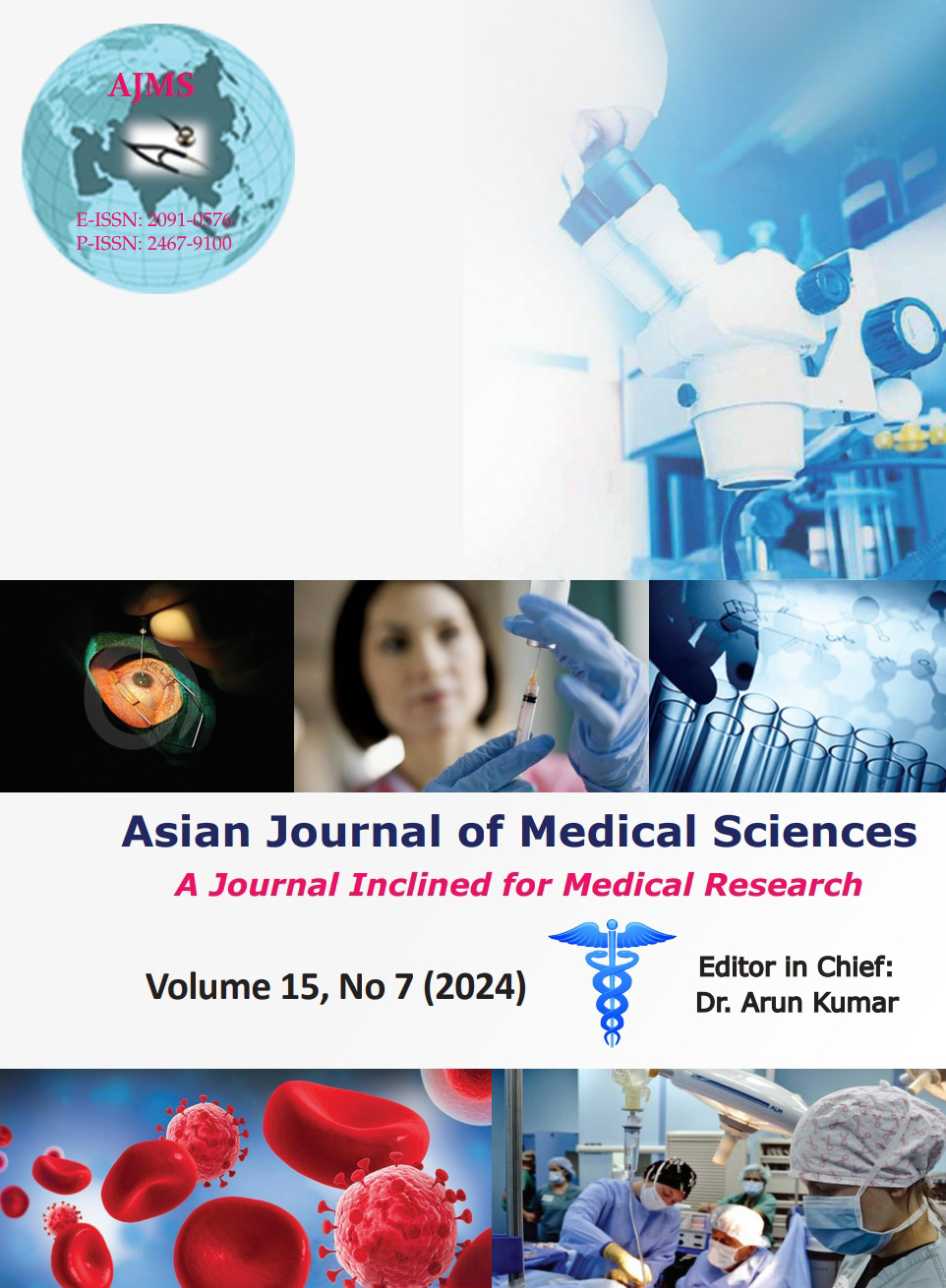Dual versus conventional cardiac resynchronization: A pilot study
Keywords:
Cardiac device; Implantation; ComparisonAbstract
Background: Systolic heart failure treatment now includes cardiac resynchronization therapy (CRT) as a necessary element. CRT has been shown to have advantageous impacts on mortality, hospitalization rates, and quality of life. Approximately 30% of patients fail to respond to traditional CRT implantation.
Aims and Objectives: This study aimed to compare the outcome of dual resynchronization by placing the right ventricular pacing lead at His bundle or left bundle branch area against conventional CRT.
Materials and Methods: This longitudinal follow-up study of a total of 35 patients undergoing CRT device placement for assessment of safety, efficacy, and feasibility of the procedure and post-procedural complications and correlation with parameters obtained from electrocardiogram and echocardiography parameters in a tertiary care set up in India.
Results: Among this matched population (mean age 64 years) there was a higher responder rate with the newer technique of dual resynchronization compared to conventional CRT (83% vs. 70%).
Conclusion: Dual resynchronization therapy is feasible and safe and provides better electrical resynchronization compared to conventional CRT and could be a better alternative, especially when suboptimal electrical resynchronization is obtained.
Downloads
Downloads
Published
How to Cite
Issue
Section
License
Copyright (c) 2024 Asian Journal of Medical Sciences

This work is licensed under a Creative Commons Attribution-NonCommercial 4.0 International License.
Authors who publish with this journal agree to the following terms:
- The journal holds copyright and publishes the work under a Creative Commons CC-BY-NC license that permits use, distribution and reprduction in any medium, provided the original work is properly cited and is not used for commercial purposes. The journal should be recognised as the original publisher of this work.
- Authors are able to enter into separate, additional contractual arrangements for the non-exclusive distribution of the journal's published version of the work (e.g., post it to an institutional repository or publish it in a book), with an acknowledgement of its initial publication in this journal.
- Authors are permitted and encouraged to post their work online (e.g., in institutional repositories or on their website) prior to and during the submission process, as it can lead to productive exchanges, as well as earlier and greater citation of published work (See The Effect of Open Access).




